History you can be proud of
from IX c.
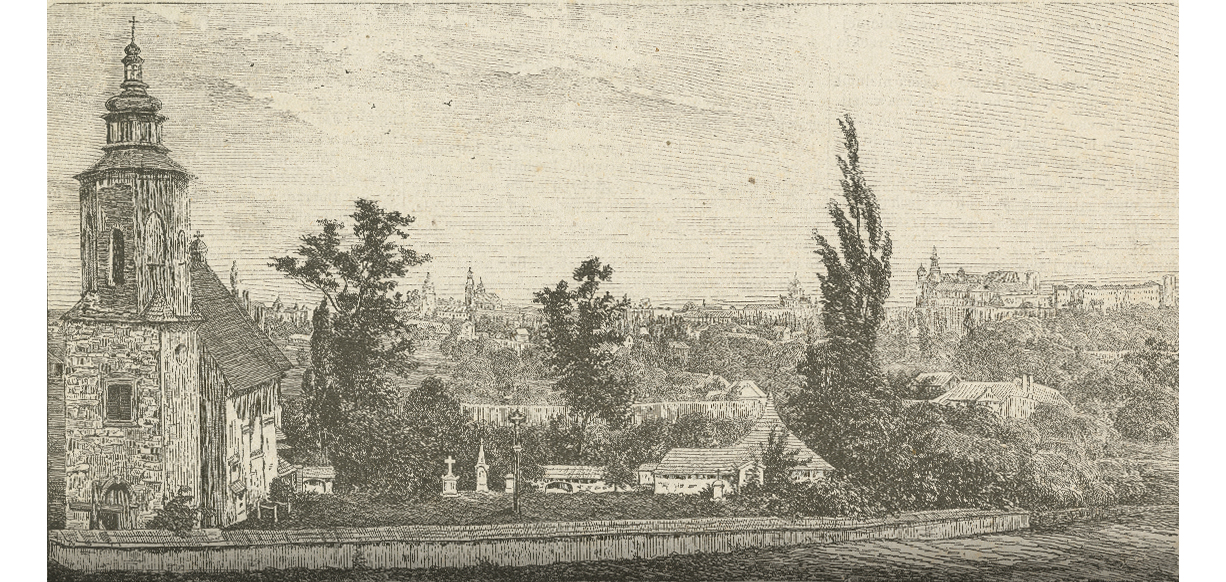
Zwierzyniec
Zwierzyniec has been strongly associated with Krakow since the Middle Ages, and in the early Christian period, from the 9th century, it was an important settlement center of the Vistula state. At the turn of the eleventh and twelfth centuries, the church of the Blessed Salwator was built there, as one of the oldest in Krakow. The name is traditionally associated with the servant and hunting function of areas for the royal court. The oldest known record of the current name of the district comes from the 13th century (in Latin: Sverincia or Zwerincia), while the Polish record is known to us only from 1422. Currently the 7th District is composed of following historical towns: Zwierzyniec, Półwsie Zwierzynieckie, Błonia, Przegorzały, Wola Justowska , Wolski Forest, Bielany, Olszanica.
Picture source: Muzeum Historyczne Miasta Krakowa
from XII c.

Półwsie Zwierzynieckie
Półwsie is a former trace of the division of the village of Zwierzyniec into two parts - Zwierzyniec and Półwsie. Its area stretches between the current course of the Rudawa River and Krasińskiego Avenue, and between the Vistula and 3rd of May Avenue. The village was inhabited by yarns, i.e. rafters associated with the legend of Lajkonik. There were also mascots from Półwsie, who were musicians accompanying the Lajkonik parade. To honour these colorful heroes of the annual June tradition, two streets in this district were names after them: Włóczków and Mlaskotów. The village was incorporated into Kraków in 1909. In 1995, it became part of the new administrative district of Zwierzyniec, with the center at Plac Stawach.
Picture source: Muzeum Historyczne Miasta Krakowa
from yr. 1903
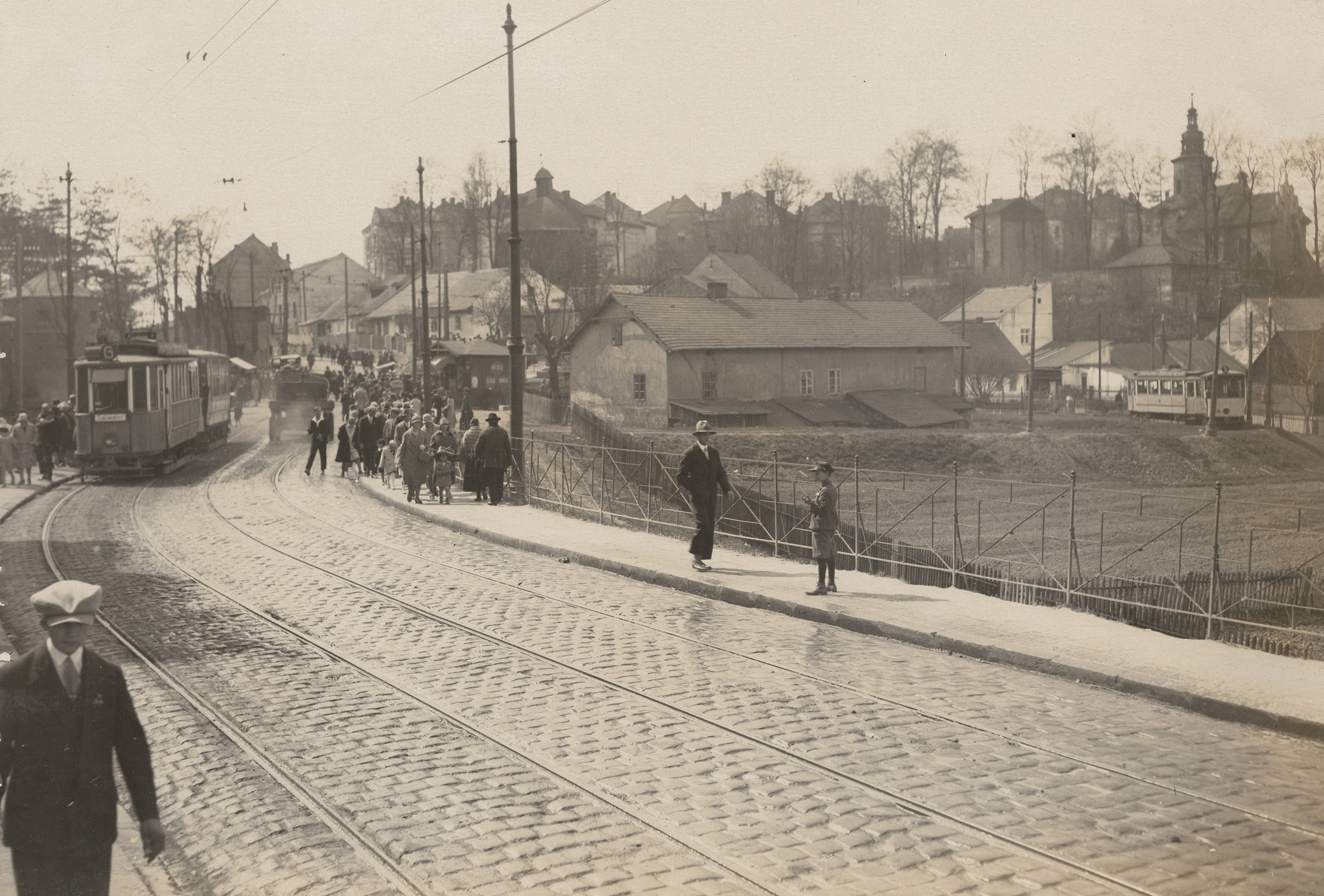
Representative district
The history of the district began over 100 years ago, when the Krakow Society of Officials ordered its construction in the years 1903 – 1912. It was decided that the new villa estate would be developed according to a project by architect Roman Bandurski; it was named after the nearby Salwator Church. Surrounding religious monuments and elaborate, elegant villas seduce visitors with their original beauty to this day.
Picture source: Muzeum Historyczne Miasta Krakowa
yr. 1162
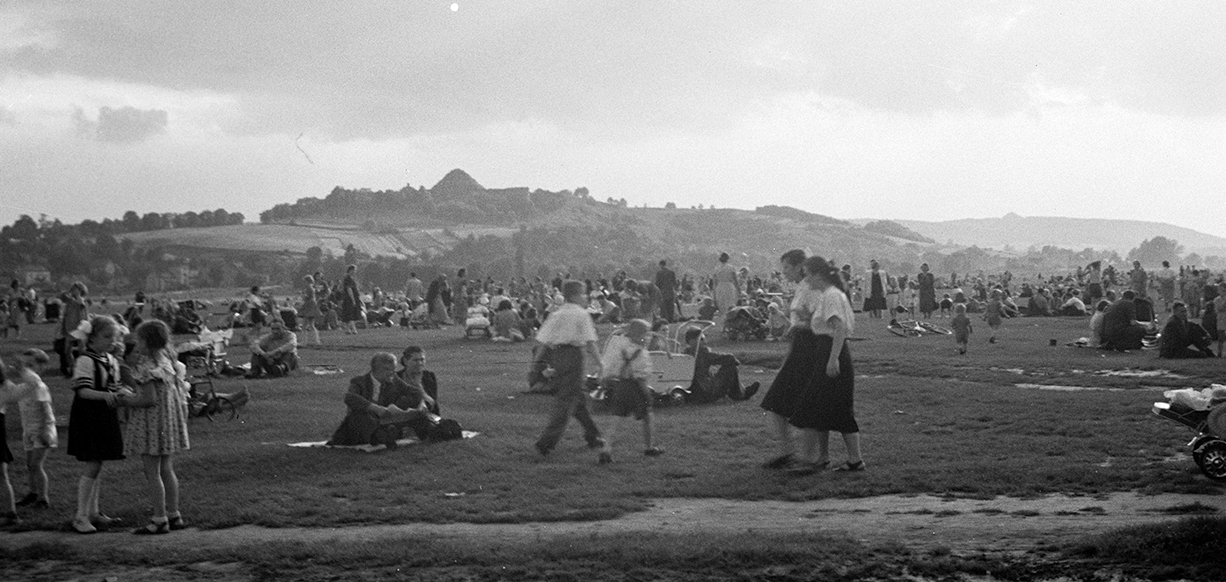
Błonia Park
In the second half of the 12th century, a nobleman known as Jaksa of Miechów left a large meadow between Zwierzyniec and Łobzów to the Norbertine convent. More than a hundred years later, in 1366, the Norbertine Sisters concluded an agreement with the magistrate – with this transaction, the sisters received a townhouse on Floriańska Street (the so-called Klimek of Bodzanów Townhouse), and the meadow has been owned by the city since then.
Picture source: Muzeum Historyczne Miasta Krakowa

Treasures and monuments of Salwator
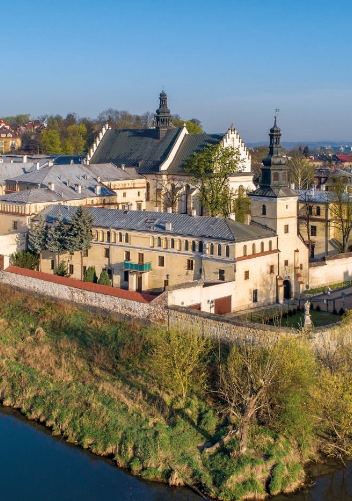
Norbertine Sisters Monastery
The monastery was founded in 1148, later expanded and rebuilt in the early 17th century.
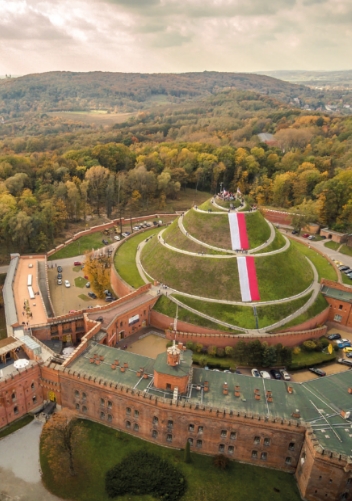
Kościuszko Mound
One of the five mounds in Krakow, dedicated to Tadeusz Kościuszko, built on St Bronisława Hill in 1820-1823.
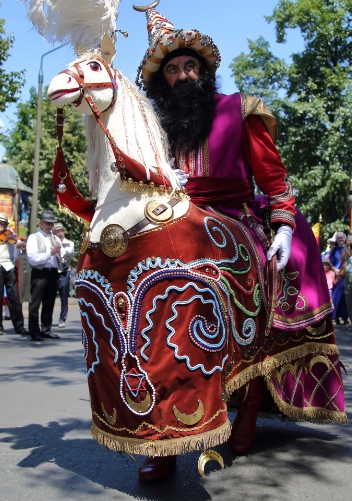
Lajkonik
A bearded rider in an oriental costume, whose traditional parade was organised by rafters from Zwierzyniec, and which has been starting there since then.
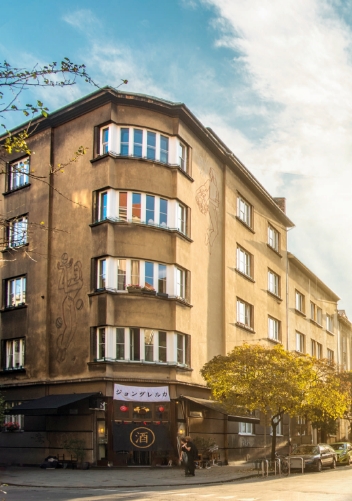
Żonglerka
One of the Modernist townhouses on Syrokomli Street, designed by Franciszek Seifert, housing the Żonglerka Bar.
Ask for the price
Thank you!
The form has been sent. The Sales Department will contact you as soon as possible.


 CHECK OUR OTHER DEVELOPMENTS
CHECK OUR OTHER DEVELOPMENTS 



